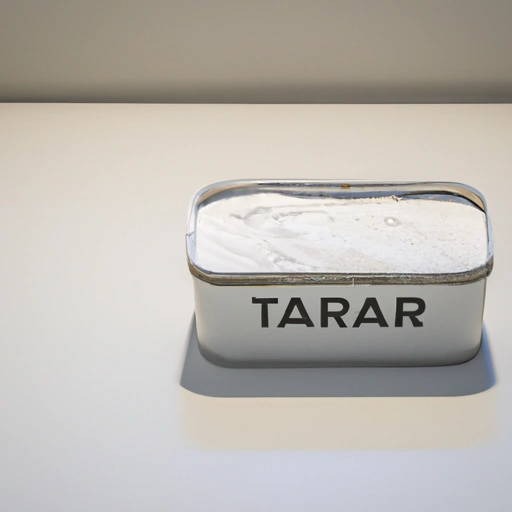Cream of Tartar
Description

Cream of tartar, scientifically known as potassium bitartrate or potassium hydrogen tartrate, is a fine, white, acidic powder. It is a byproduct of winemaking, formed from the sediment left over in barrels after grape fermentation. In the kitchen, cream of tartar is valued for its ability to stabilize egg whites, prevent sugar crystallization, and act as a leavening agent when combined with baking soda.
Common uses
Typically found in the baking aisle of grocery stores, cream of tartar is primarily used as a stabilizer, leavening agent, and to prevent crystallization in sweets. It's a common ingredient in meringues, soufflés, and frostings where it helps improve texture and volume. Cream of tartar is also used to create creamier textures in candies and frostings by preventing sugar crystals from forming.
Nutritional value
Calories
Cream of tartar is low in calories, with one teaspoon (about 3.2 grams or 0.11 ounces) containing approximately 8 calories.
Protein
It contains a negligible amount of protein.
Fat
There is no fat in cream of tartar.
Carbohydrates
It is also low in carbohydrates, with less than 2 grams per teaspoon.
Vitamins
Cream of tartar does not contain a significant amount of vitamins.
Minerals
It is a good source of potassium, with one teaspoon providing about 495 milligrams, or about 10% of the recommended daily intake.
Health benefits
Cream of tartar is not consumed in large enough quantities to offer significant health benefits, although its potassium content may contribute to maintaining electrolyte balance.
Potential risks
When used in normal culinary amounts, cream of tartar is generally safe. However, in large doses, it can lead to hyperkalemia, a condition caused by excessive potassium in the bloodstream.
Common recipes
Common recipes that feature cream of tartar include meringue pies, angel food cakes, and traditional snickerdoodle cookies. It's also used in some homemade baking powder formulations.
Cooking methods
Cream of tartar is typically used in baking and candy making. It is rarely used as a standalone ingredient and is often combined with other substances to achieve the desired effect.
Pairing with other ingredients
Cream of tartar pairs well with egg whites for meringues, with baking soda for leavening cakes and cookies, and with sugar for preventing crystallization in syrups and frostings.
Summary
Cream of tartar is a versatile ingredient with applications in baking, candy making, and beyond. Its ability to stabilize, leaven, and prevent sugar crystallization makes it a valuable addition to various recipes. While not a significant source of nutrients, it is an essential component in many classic and modern culinary creations.